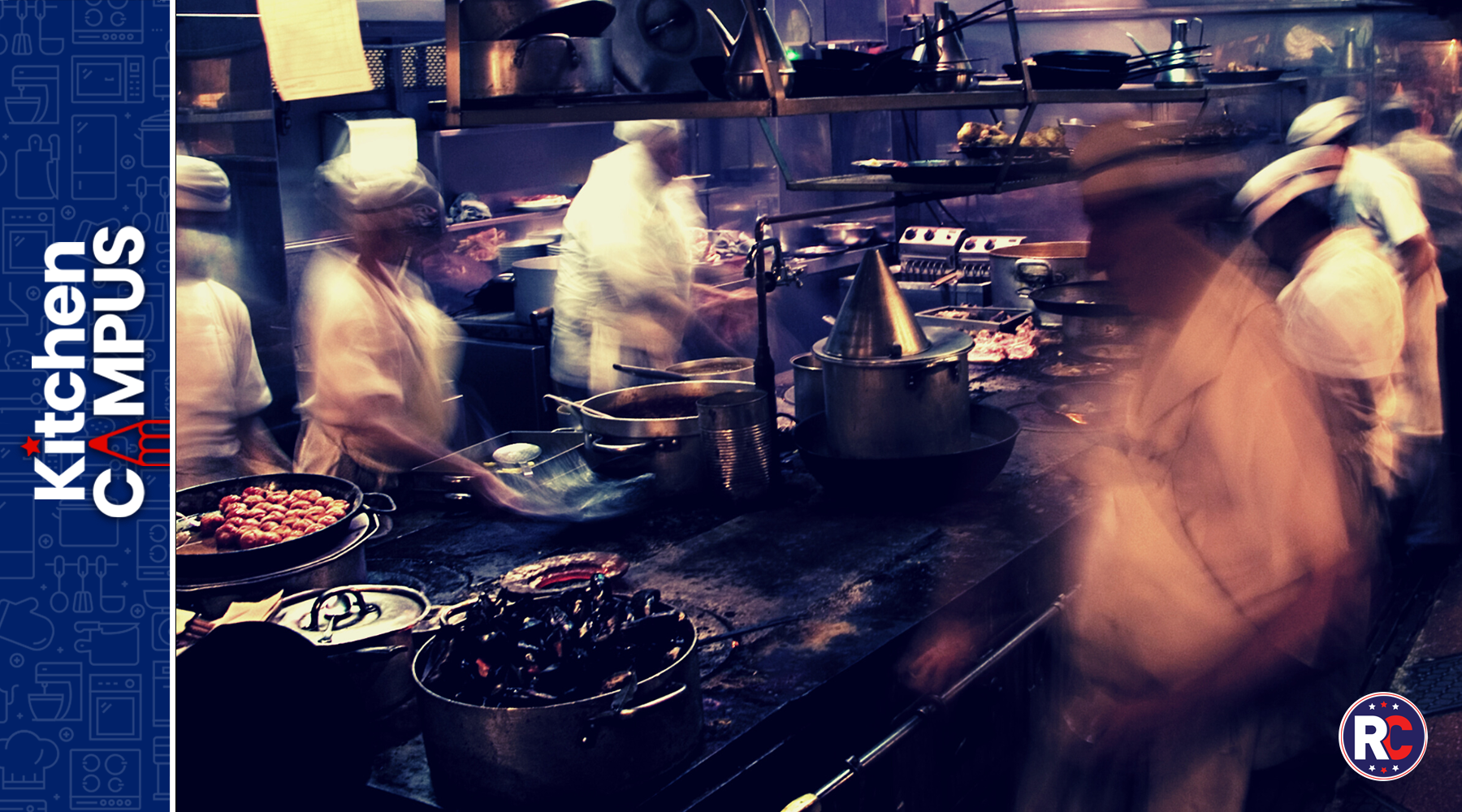
How to Pick the Right Commercial Refrigeration Unit
Commercial refrigeration is a vital part of a restaurant kitchen and one of the most heavily used pieces of equipment. It keeps certain foods from perishing while preventing foodborne illnesses caused by improper storage, as well as improving the quality and speed of service. Depending on what type of food service operation you run, however, certain refrigeration units are more helpful than others. Here’s how to pick the right commercial refrigeration unit for your restaurant.

Size
Commercial refrigeration comes in a plethora of sizes, ranging from one to three-section refrigerators. To decide which one works best for your commercial kitchen, you need to consider two things, the size of your space and the amount of food you need to store. Before you choose a refrigeration unit, know where you’re going to place it in your kitchen, and be sure to measure the space to ensure it will fit. When it comes to food storage, look at the storage capacity of any unit, and compare it to how much food you’d store. Even if a three-section refrigerator can fit your space, you’ll waste money if you don’t have enough food storage to rationalize the purchase.
Type
Every restaurant has different needs. Therefore, you need a refrigerator that meets those needs. If you need quicker access to ingredients, a single or multiple-door reach-in refrigerator and freezer can do the job, as they’ll store prepared items in bulk so there are fewer trips to a walk-in cooler. If you have a large amount of frozen or fresh ingredients, a walk-in cooler can store crates of ingredients. Undercounter refrigerators and freezers are a great option for sandwich or pizza shops. Determine what your needs are, and choose a commercial refrigeration unit based on that. Restaurant City has numerous types of refrigerators available and our expert team can happily help you figure out what you need.
Doors
Door type and materials should also be considered when purchasing a commercial refrigerator. The two main types of doors are swing doors and half doors, and depending on your commercial kitchen’s entrances, doorways, and location of other kitchen equipment, one will be better for you. Swing doors are good choices if you’re doing a lot of loading and unloading, as the stay-open feature is immensely helpful. Half doors (also known as Dutch doors), on the other hand, help maintain consistent internal temperatures, vital for food preservation. When it comes to materials, you can choose between a solid or glass door. Glass doors offer better visibility of ingredients but less insulation, while solid doors eliminate visibility while having better insulation. Take these pros and cons into account when deciding.
Compressor
You might not think compressor locations are important, but they can have a great impact on your refrigerator. There are two locations where the compressor can be on commercial refrigeration: the top or the bottom. Each location works better in different environments, so choose based on your business preference. Bottom-mounted compressors pull in cooler air and are ideal for hotter environments and areas, as well as cooking lines. On the other hand, top-mounted compressors bring in warmer air, so they should be used in colder environments. Be sure to think about your restaurant kitchen’s average temperature when deciding on what refrigeration unit to choose.
If your restaurant kitchen needs new commercial refrigeration, be sure to pick one based on what you need. Drop by your nearest Restaurant City showroom and talk to our expert team. We’ll work with you to choose the commercial refrigeration that is right for you.
